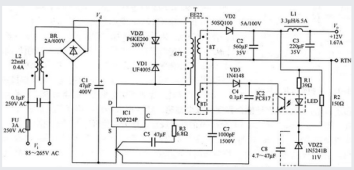lotsofsparks
New Member
Hi I'm building an S4 battery the moment my cells arrive and later on this year an S16. Most of the time I will not be using solar panels to charge these batteries because the S4 280Ah Eve battery is for UPS system and Camping sometimes while the S16 Eve 32Ah will be in an escooter. how much ripple can BMS's tolerate from a power supply or would the battery itself buffer enough of it out like a Capacitor even if the cells are small 32AH sized ones but with new like internal resistances?
Could I limit charge Current by Adjusting the supply voltage with an Amp Meter as well?
I was thinking of doing what this guy has done in the video. With the S4 bms connected as well as it being protected with a 30A inline fuse or lower and a 140A (13V or higher) rated DC breaker.
Can small 32Ah EVE cells be stacked on there side 2 or 3 high and withstand the escooter's vibration and bumps?
Charger
I'm using the JBD BMS because it looks awesome It looks like the same bluetooth graphical interface the Overkill BMS.
BMS
Thanks in Advance.
Could I limit charge Current by Adjusting the supply voltage with an Amp Meter as well?
I was thinking of doing what this guy has done in the video. With the S4 bms connected as well as it being protected with a 30A inline fuse or lower and a 140A (13V or higher) rated DC breaker.
Can small 32Ah EVE cells be stacked on there side 2 or 3 high and withstand the escooter's vibration and bumps?
Charger
BMS




